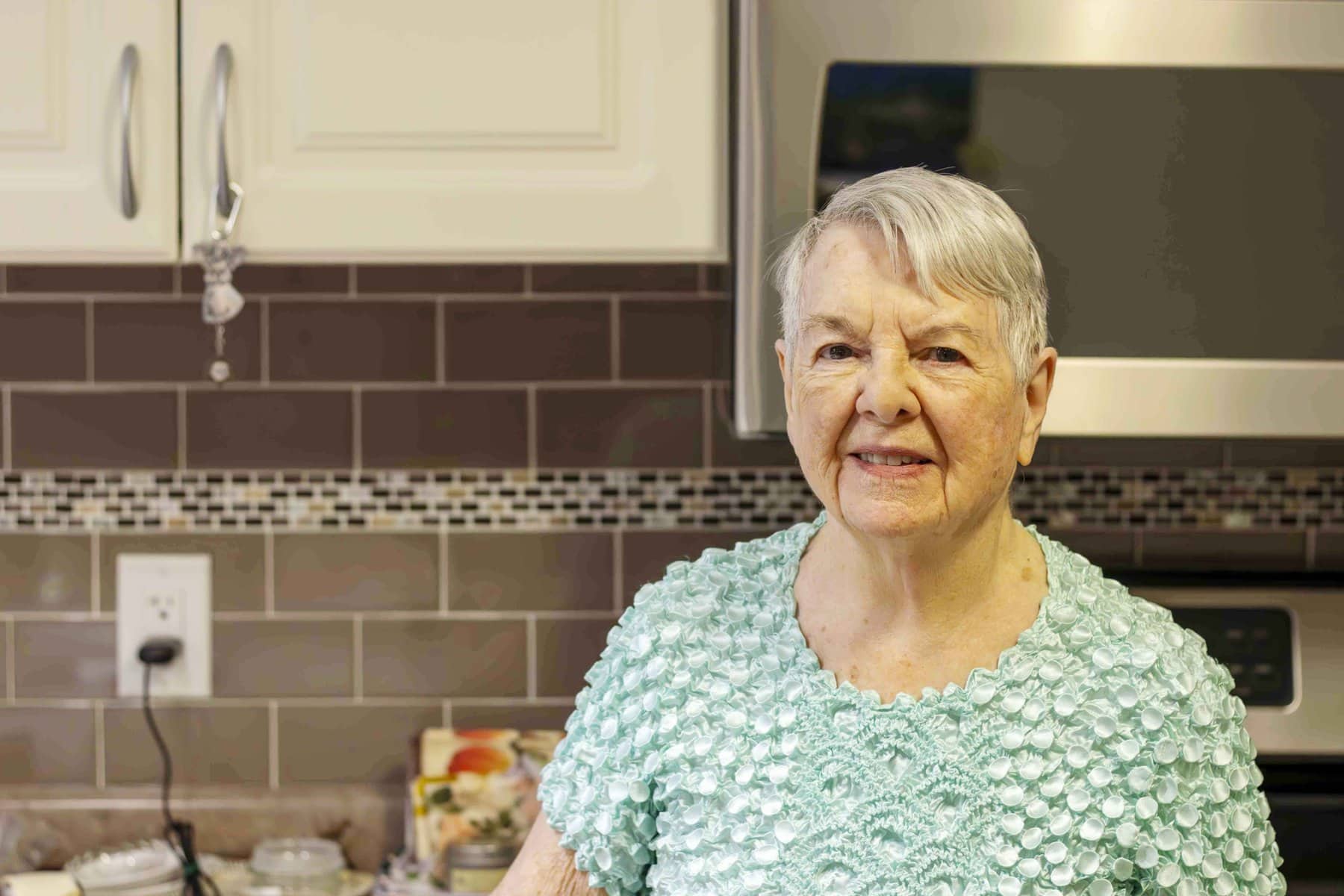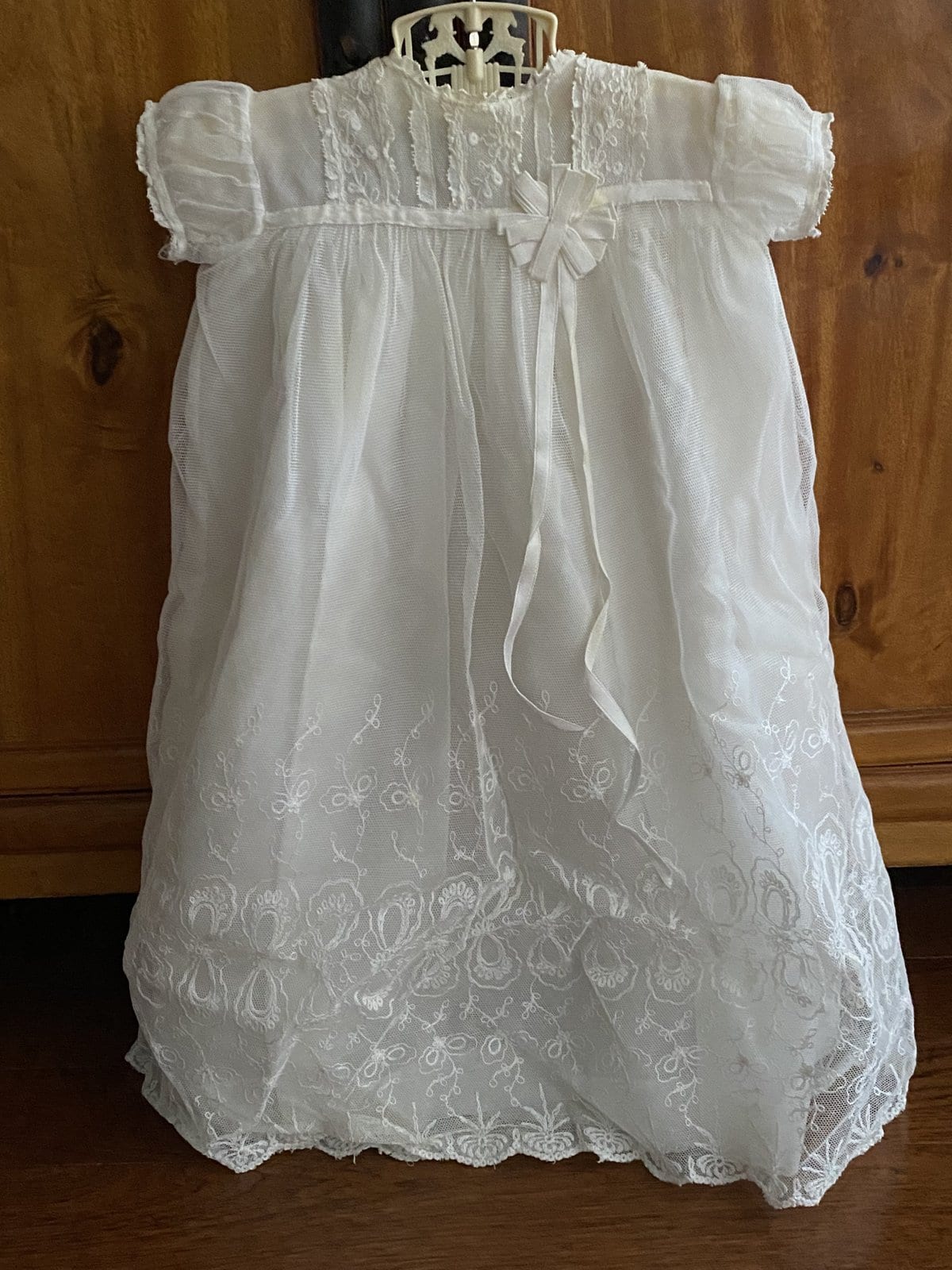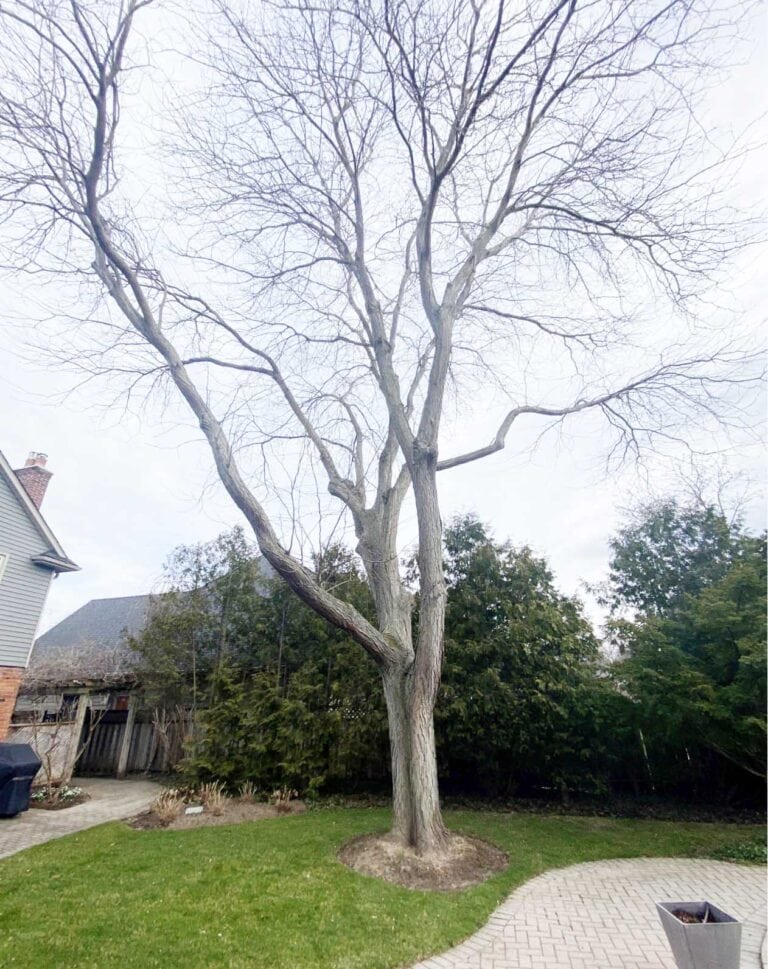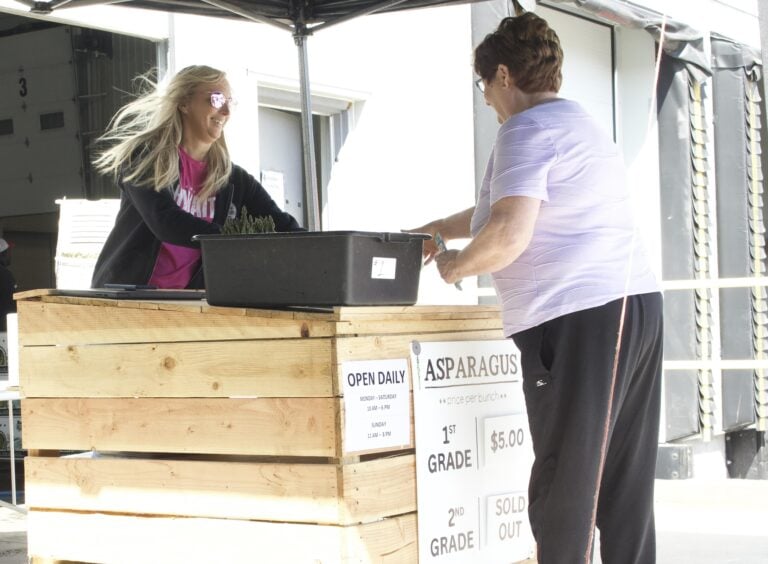Out of the Blitz came a blessing.
Rita Steele lives in a retirement home in Niagara-on-the-Lake today, but she grew up in London under the dome of the German air force’s Blitz in the Second World War.
The Blitz, which gets its name from “blitzkrieg,” German for “lightning war,” was a string of German bombings that came at the tail end of the Battle of Britain in late 1940.
The seven-month campaign of bombings killed 40,000 British civilians, at least half of whom were in London. Germany’s air force is commonly known as the Luftwaffe in German.
Steele, who was six at the time, remembers the feeling of fear the most.
She recalls when she first moved to NOTL, she was not used to the sound of bird cannons, which some grape farmers use to protect their crops from birds.
The first time she heard one she almost dove for cover because it was so similar to the sound of a falling bomb.
“I think my hearing loss is from the war too,” she said.
During the Blitz, there was an anti-aircraft cannon near Steele’s home, she said, and it was constantly firing during raids to protect them from the Luftwaffe.
Steele’s home in London was near an airport, which Nazi airmen treated as priority targets during the war.
Her four brothers and two sisters were serving on the war front, so it was often just Steele, her two parents and their big black dog huddling in a tiny bomb shelter during the raids.
Steele laughs at the details still stuck in her head all these years later.
The family dog, Berchen, was once companion to Joachim von Ribbentrop, Nazi Germany’s ambassador to Britain.
Berchen was left by the ambassador to Steele’s brother Dennis Mulqueen, she says, because her brother was working for the German embassy at the time.
Von Ribbentrop was hanged for war crimes at the Nuremberg trials in 1946.
A faithful family pet and Steele’s damaged eardrum were not the only things the Nazis left behind.
When Steele moved to Canada in 1955 with her husband, Christopher Steele, she brought with her a christening gown repaired and lined with the silk parachute of a German airman who crashed his plane in London during the bombings.
Steele’s mother, Elizabeth Mulqueen, bought the religious gown in 1940, but there were scant resources to repair and maintain it.
“Everything was rationed. So you couldn’t buy material or anything like that,” Steele said.
The British government introduced rationing to “reduce production and consumption of civilian clothes” and free up factories for war production, according to the the Imperial War Museum of London via its website.
The museum states that parachute silk was “highly prized” in the making and repairing of gowns, underwear and even wedding dresses.
Steele remembers her father, Stephen Mulqueen, who served the home front as an air raid warden during the Blitz, took her to town to buy the parachute when she was a child.
She said the family kept much of the salvaged fabric for safe keeping because of its historic value.
But, in 1955, her sister Ann Mulqueen made a silk liner for the dress out of the parachute’s fabric.
While her daughter-in-law Dee Steele hopes to place the religious garment in a museum one day, Steele remembers it most for all the children who have been baptized in it.
“It just holds a lot of memories, you know?” she said.
The gown was first used to baptize Bernard Mulqueen, Steele’s nephew, in 1942.
It was used three more times before Steele moved to Canada in 1955.
“That was when the German parachute was added to it,” she said.
The repairs came just in time for the arrival of Steele’s son Stephen, who was baptized in 1956.
His siblings, Elizabeth and David each wore the gown for their christenings in 1958 and 1960.
Steele has watched six children more wear the dress for their christenings as well. Her grandson Justin Steele was the last in 1992.
At about 80 years old, the white gown has become a storied heirloom in the Steele family.











